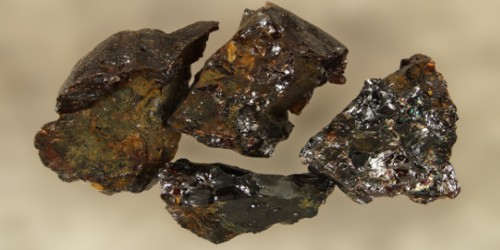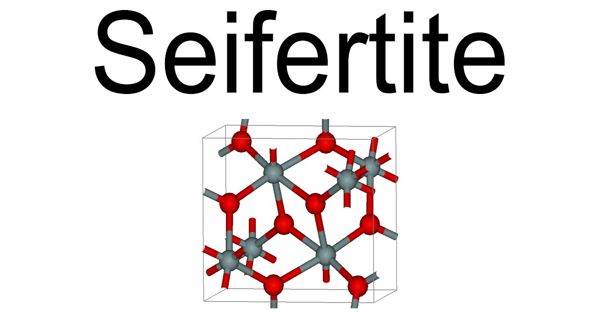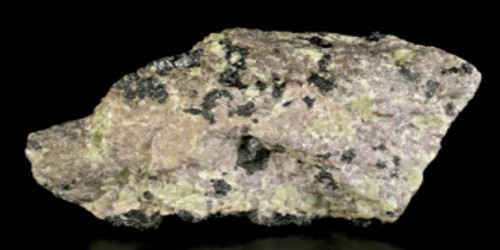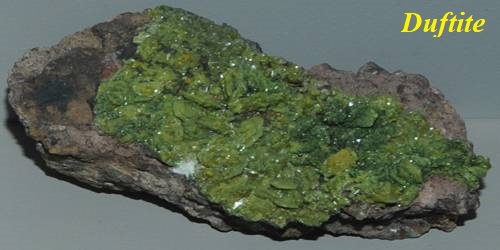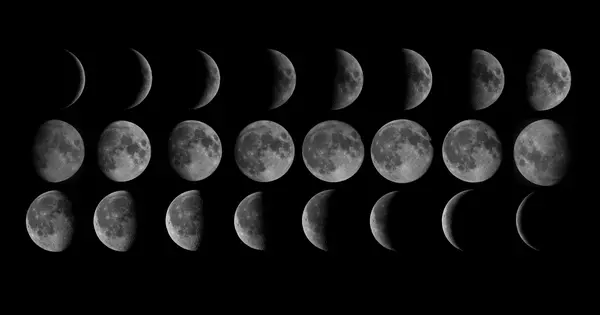Geikielite is a magnesium titanium oxide mineral with formula: MgTiO3. It is a member of the ilmenite group. It is a mineral consisting of magnesium titanate, being isomorphous with pyrophanite, and occurring as bluish black or brownish-black rolled pebbles. It crystallizes in the trigonal system forming typically opaque, black to reddish black crystals.
It was first described in 1892 as an occurrence in the Ceylonese gem bearing gravel placers. It was named for Scottish geologist Sir Archibald Geikie (1835–1924).
General Information
- Category: Oxide mineral
- Formula: MgTiO3
- Crystal system: Trigonal
- Crystal class: Rhombohedral (3) (same H-M symbol)
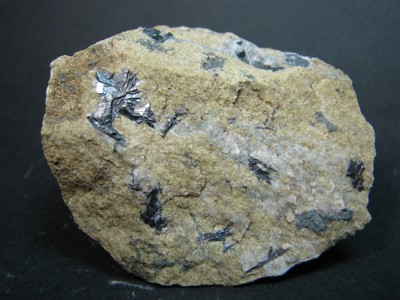
Properties
- Color: Black, ruby red uncommon; red internal reflections
- Crystal habit: Tabular prismatic crystals, also as finely granular masses
- Mohs scale hardness: 5 – 6
- Luster: Sub-metallic
- Streak: Purplish brown
- Diaphaneity: Opaque to translucent
- Specific gravity: 3.79 – 4.2
- Optical properties: Uniaxial (-)
Occurrence: Forms during contact metamorphism of impure magnesian limestones. Also in carbonatites, kimberlites, serpentinized ultramafic rocks, and in gem-bearing placer deposits.
It occurs in metamorphosed impure magnesian limestones, in serpentinite derived from ultramafic rocks, in kimberlites and carbonatites. Associated minerals include rutile, spinel, clinohumite, perovskite, diopside, serpentine, forsterite, brucite, hydrotalcite, chlorite and calcite.
Association: Rutile, spinel, clinohumite, perovskite, diopside, serpentine, forsterite, brucite, hydrotalcite, chlorite, calcite.
Information Source:
